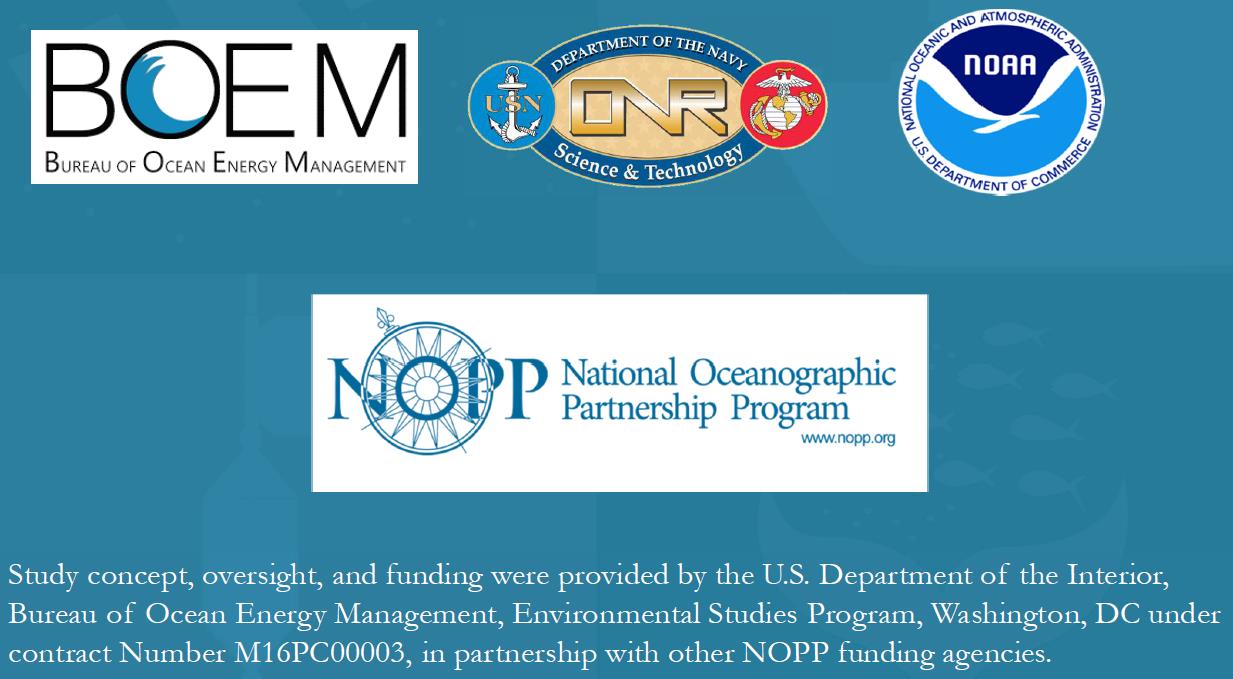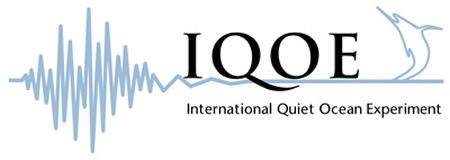One of the main concerns when deploying equipment at sea is the question of how to get it back. Once the ADEON landers are deployed, they drop to the bottom, where they rest until it’s time to retrieve and collect the data. With depths ranging from 200 to 900 meters, it can be challenging to recover. So how do we get them back once they are deployed?
The ADEON landers are equipped with two acoustic releases that connects them to an anchor. Once those acoustic releases are triggered, they disconnect from the anchor and the floatation on the landers make them positively buoyant, allowing them to rise to the surface. We use a command unit connected to a transducer that we hang over the side of the vessel. Each acoustic release has a specific code that triggers it to release, which the transducer emits and is received by the unit on the sea floor. Once the acoustic release receives the correct command, it sends a message back to the transducer, letting us know it has received the message, and it has released. Once we release the lander, we use the range function of the acoustic release to monitor the ascent of the lander as it rises to the surface. The transducer from the ship emits a ping and the acoustic release responds. Based on the amount of time it takes to receive a response, the command unit calculates the distance from it to the lander.
Each lander is equipped with a satellite positioning beacon and a flasher. Once the lander surfaces, the beacon retrieves a GPS position, which it sends via iridium satellites that gets sent to a database we can access to determine the location of the lander. Usually, we spot the lander visually on the surface, but sometimes in reduced visibility (rain or fog) the lander can be difficult to find. The flasher helps in reduced visibility (at night or in fog) or when the lander surfaces far away.


